
Monster Hunter Wilds Review
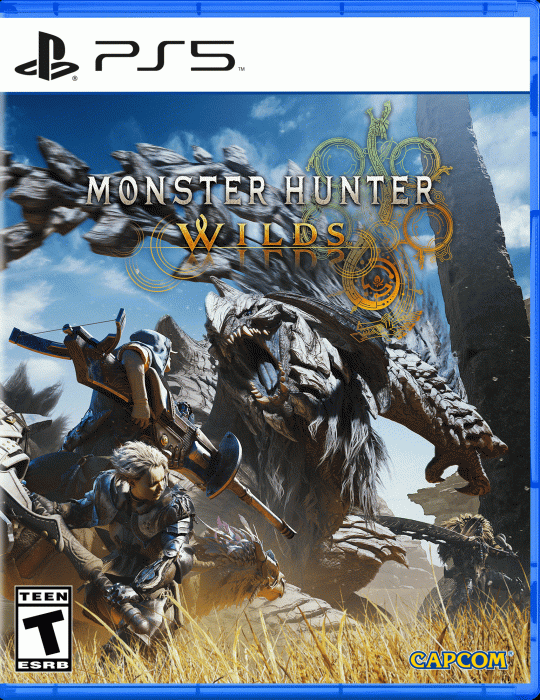
Pros
- Hunting experience is best in series.
- Excellent weapon-feel and responsiveness in combat.
- Incredible soundtrack and audio effects.
- Ecosystem changes are impressive and remarkable visually and technically.
Cons
- Story is weak and you don't spend much time with a lot of the characters.
- Noticeable lack of endgame challenge and pinnacle fights.
- Seamless world doesn’t really add much to the game.
I fell in love with Monster Hunter when World released back in 2018. Having never played a game in the series before, everything about the experience clicked with me. From the gameplay to the story to the monsters to the endgame grind. I loved it so much that I invested several hundred hours into it. It felt unlike any other kind of RPG I had played before. Rise was the exact opposite. Not much of it resonated with me at all. Having finished Monster Hunter Wilds, it falls somewhere in the middle.
With the latest game in the series, Capcom takes a lot of big radical changes and bold steps, improving many aspects of the experience, mostly around the game’s quality of life, world design, and combat flexibility. However, almost every aspect of the game, comes with one tradeoff or downside that has come at a cost of some of the improvements.
Into The Unknown
As part of a Guild expedition, you explore the Forbidden Lands, an unexplored and varied landmass in the east. On the expedition, you stumble upon Nata, a young boy, alone in the middle of the desert, who leads you on a journey deeper into the Forbidden Lands to return to his people. On the way, you discover the mystery of Arkveld, a creature who has been decimating the land’s ecosystems and the secrets of the Forbidden Lands themselves.
Nata joins you at the very beginning of your journey as stays with you to guide you through the Forbidden Lands.
Notably, this narrative is far more tied into the land than Monster Hunter World’s was, and it is great to learn some more of the original history and lore behind the Monster Hunter series. The monster lore in the Forbidden Lands is particularly fascinating and feels thrilling and fresh for the series. However, I didn’t really connect to the characters and people as much as the game seemingly wanted me to.
There is a lot of focus on Nata and the people in the Forbidden Lands with many NPC villages to visit, but very little of it kept me hooked. Additionally, unlike in World, where it felt like you interacted with a very small group of regulars, Wilds has way more characters that just pop in and out and come and go at various points in the story. Those story moments with your expedition team are a little more jarring because you have spent less time with everyone and I regularly lost track of where I had seen a person before.
Besides a few key members, other characters get lost in the shuffle as they enter and exit the main story at various points.
A World Everchanging
A lot of the time, I just wanted to get back to monster hunting, which is thankfully the best in the series’ history and the core focus of the game. Wilds cuts out a lot of the filler that was in previous games. There are no gimmick missions or Siege missions and very few arena fights. The experience is focused on the hunting experience, and it’s one of the best changes made here.
The experience is focused on the hunting experience, and it’s one of the best changes made here.
The addition of the Seikret to get around speeds up gameplay so much, and it just makes the flow of quests and hunts way smoother. It no longer feels like a trek to get back to a monster, as you can climb vines, glide across expanses, and run across fields in seconds thanks to the mount.
Getting on and off is easy in the middle of a fight. Plus, the ability to use its pouches as extra storage adds a lot of flexibility in how you approach fights, whether you switch weapons midway through or just grab some extra potions.
The Seikret is a huge step up when it comes to traversal.
That ability to travel and climb extra distances quickly is much needed because Monster Hunter Wilds’ maps are huge, gigantic, explorable zones that are ever-changing.
Each zone no longer feels like a static, lifeless region, instead giving the impression of a living world. The five areas in the game each have an ecosystem and a day/night cycle that they go through, adjusting the monster spawns, resources available, and the weather. These include a sandstorm rolling into the Windward Plains, severely obstructing your visibility and calling down strikes of lightning across the land, or the oil wells of the aptly named Oilwell Basin burning with flames and igniting the entire zone during the Firespring season. It is all technically and visually incredible.
Those moments where weather changes happen in the middle of a hunt are incredible and offer up some of the most visually stunning moments in Monster Hunter Wilds.
The fact that the game can run some of these scenes well on a regular PS5 (much improved from the beta) and switch between the weather effects and times of the day in the middle of a fight flawlessly is frankly remarkable. Every technical issue and worry the beta brought up has evaporated in the final release.
Those moments where weather changes happen in the middle of a hunt are incredible and offer up some of the most visually stunning moments in Monster Hunter Wilds, even forcing you to adjust your strategy and how you fight monsters. The game has a number of incredible set-piece fights in the story and during quests, utilizing these ecosystem changes that are some of the best fights I have experienced in an action game of this style. The only downside is there doesn’t seem to be a way to skip time, so if you are in the daytime and want to fight a monster that only appears at night you have to sort of mull around or do something else until it appears.
One smaller Ecosystem effect is that Uth Duna can splash water and create waves in the Scarlet Forest, pushing you backwards.
One odd design choice is that Wilds features an interconnected world. You can seamlessly travel through all five areas of the game without any loading times. But there are never any missions that take you through these on a hunt, and you don’t fight monsters across several areas. So it feels like the single map never reaches its full potential. I just kept fast traveling between locales because it was quicker.
Carve and Tear
Setting up hunts in multiplayer and co-oping with friends is also the easiest it has ever been. It is simple to join players and removes a lot of the unnecessary hurdles that the series has been known for.
Additionally, the moment-to-moment combat changes that have been added to every weapon’s moveset vastly improve the flexibility in combat and the enjoyment of it. Ranged weapons have far more options in combat adding much needed depth to their kits. For melee weapons, Focus Strikes allow you to target key wounds on a monster and deal devastating blows that add another layer to each fight beyond simply wailing on areas of a monster’s body for specific parts.
Focus Strikes feel great to pull off and its rewarding to visually see the damage you are doing to monsters as scars and wounds form.
Slashing at a leg with the sword and then ripping into it with the Focus attack follow-up using the axe felt amazing every time.
Destroying these wounds can grant you extra resources and stun or knock down monsters instantly, speeding up fights and giving you an extra method of incapacitating monsters on hunts. It is integral to the combat experience in Wilds and incredibly important to weakening a monster.
I opted for the Charge Blade, a new weapon for me as a Long Sword and Switch Axe player in World and Rise respectively. Slashing at a leg with the sword and then ripping into it with the Focus attack follow-up using the axe felt amazing every time, and the sound effects and controller feedback and rumble are incredible all-around.
In the beta, no matter which weapon I tried, I felt like something was lacking in the weapon feel. But the excellent haptic feedback, extra hitstop, and audio additions in the full game resolved my quarrels right from the very first hunt in the full release. The combat feels like Monster Hunter again, unlike the beta.
Landing these powerful attacks are some of the best moments in a fight and it all feels as good as it has done in previous games.
Offset attacks and Power Clashes are another excellent addition to the combat repertoire, enhancing the power fantasy of facing off against these monsters. Well-timed attacks or blocks pull the camera in close to allow you to either perform a strong follow-up attack or hold off a monster with your shield as you stab it in the head from behind it.
These are intense and dramatic moments where it feels like you are fighting for your life, and once I learned the proper parry timing, I always tried to land them because they are not only fun to engage in, but effective in combat too. It’s once again heightened by thunderous sound effects and a roaring soundtrack that captures the true scale and grandiose nature of the clash.
Seen It All
The monster selection here has its ups and downs. While I think each individual monster feels more impactful to the ecosystem and world than in World (there’s less lower tier monsters), the number of them is quite limited.
Ajarakan is one of the highlight monsters and another great example of a monster using the map and ecosystem, as when the Oilwell Basin isn’t burning it can climb on the structures left behind.
The game has the lowest amount in modern series’ history, and it often feels like two of the monsters sort of blend together because of how similar they look or behave. I can’t go into too much detail here because of spoiler restrictions, but there are several enemies that are based off similar animals, which makes them look fairly alike. That means the number feels even more limited because visually these monsters look the same, even if their moveset and the locations they appear in are different.
The most glaring issue I have with Monster Hunter Wilds is that its endgame is quite poor compared to recent entries, and the pacing of how Wilds doles out monsters leaves little room for surprises in the game’s post-credits story missions. Most of the exciting monsters are introduced during the first three chapters of the game, before the credits roll, and the half a dozen or so that are introduced in the final three chapters of the game aren’t nearly as interesting.
Some monsters lack a distinct feel from others because they are based off of similar animals.
Additionally, all five areas of the game are revealed through the main story missions, rather than leaving the fifth as a big endgame surprise, which was my favorite part of Monster Hunter World, discovering the Elder’s Recess. So, by the time you reach Chapters 4-6, it feels a bit like you are being carted around from place to place for no purpose for 15 hours, with only a few new missions with interesting monsters to fight.
The pacing of how Wilds doles out monsters leaves little room for surprises in the game’s post-credits story missions.
The number of pinnacle fights in the post-game is also poor. Again, I am pretty restricted on what I can say here, but there are two, maybe three at a push. But only one of these is actually introduced towards the end of the post-credits chapters. The others you fight earlier on, so the back half of the story and the post-game feel even less exciting because there just aren’t that many new things to see or do. Everything is front-loaded and introduced in the main story.
Pinnacle fights and endgame activities are a far cry from what we have seen in previous games.
On top of that, unless it appears randomly, from what I have seen, there are two monsters that are “one and done”. After beating them in the story, you can’t fight them again, which is severely disappointing and a huge waste of the time and effort it took to make these monsters attacks and movesets. They are also the best monsters in the game, with incredible attacks and abilities that also felt like a tease of what was to come in the post-game. But, that never materialized. So, the smallest number of monsters in the series feels even smaller because two of the fights just can’t be repeated.
It doesn’t really make sense to fight either one more than once within the larger story, but the developers could just set-up unique quests or missions away from the wider ecosystem to let me kill them again. One fight especially makes me so sad that I will never be able to play again because it felt like a real evolution of the series. The scale, effects on screen, and power of the monster in the fight felt unlike anything else I have seen before in Monster Hunter.
The game just feels like it lacks that extra challenge towards the end of the story beyond regular monsters. Unfortunately, tempered monsters and the apex predators of the region don’t feel distinct enough from everything else you fight.
Post campaign the camp doesn’t have much use beyond upgrading weapons and gear or buying some consumables here and there.
Overall, Monster Hunter Wilds is a mixed bag. The actual hunting experience and combat have never been better in the series, and the many improvements that have been made are exceptional. Additionally, the soundtrack, visuals, and ecosystem changes all look amazing and provide meaningful alterations to each area and how you hunt in them. That is the most important part of the game and it is incredible here.
But it feels like, at times, the focus on creating a unified, connected ecosystem and ensuring everything works to service that, has scrubbed away some of the surprises towards the back half of the game. There is a distinct lack of pinnacle, endgame challenges in Wilds, and the absence of those big baddies to fight left me questioning if I will be spending hundreds of hours here like I did with World.
While it definitely feels like the most polished and grand entry in the series, it also feels like a couple of parts of its body have been carved off in the process.
Bolder But Not Always Better
Monster Hunter Wilds offers the best hunting and combat in the series’ history. Intense fights are at the heart of the experience, and the large, open world and its various ecosystem changes are spectacles to see from afar and up close in the middle of a hunt. It is only bolstered by some fantastic audio, music, and feedback as you slash, carve, and batter monsters. However, the game’s characters don’t have enough air to breathe amongst the wider narrative and the lack of pinnacle fights and endgame challenges are a severe downgrade from other games in the series.
Gameplay:
Sound:
Graphics:
Story:
Value Rating:

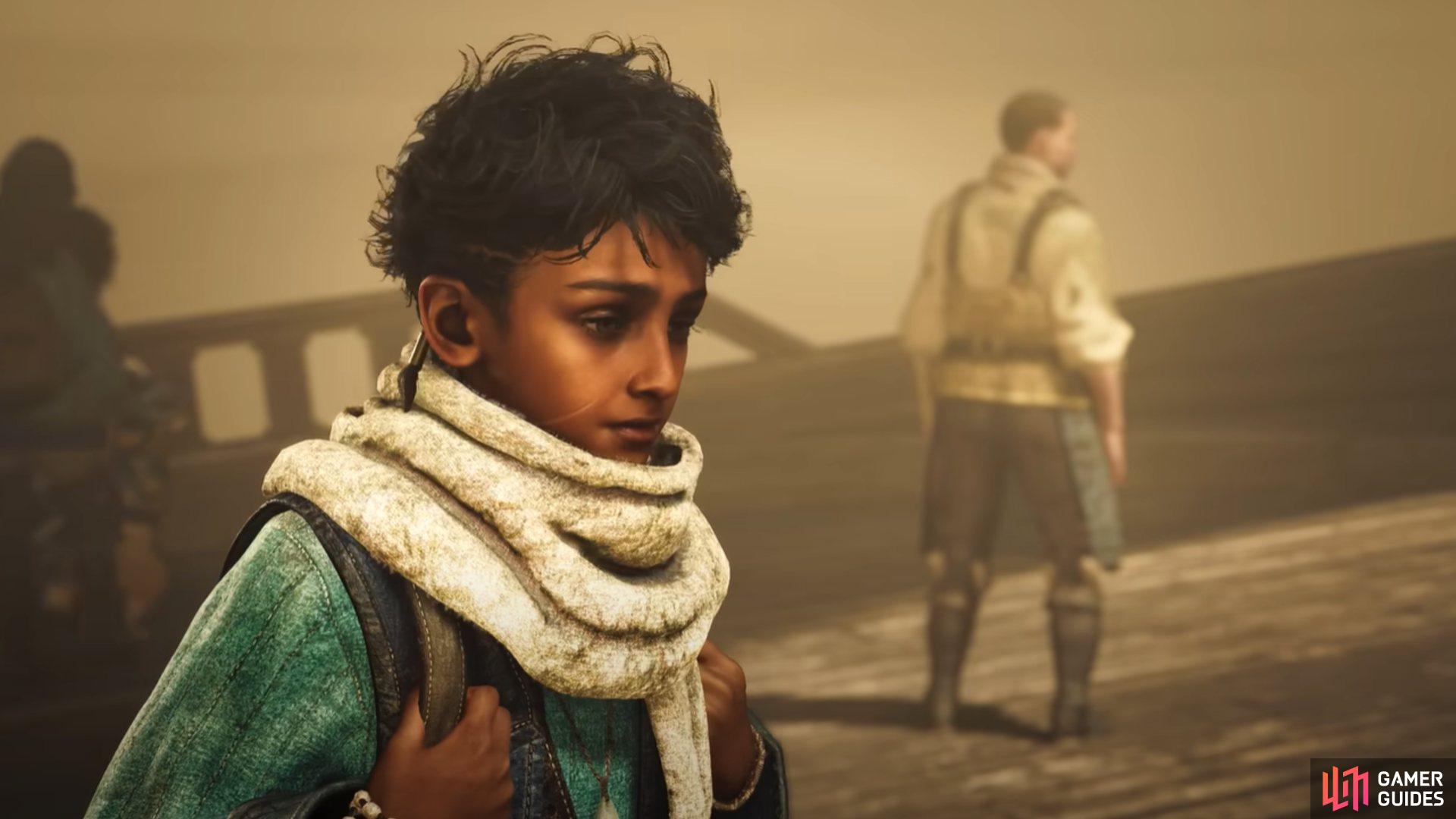
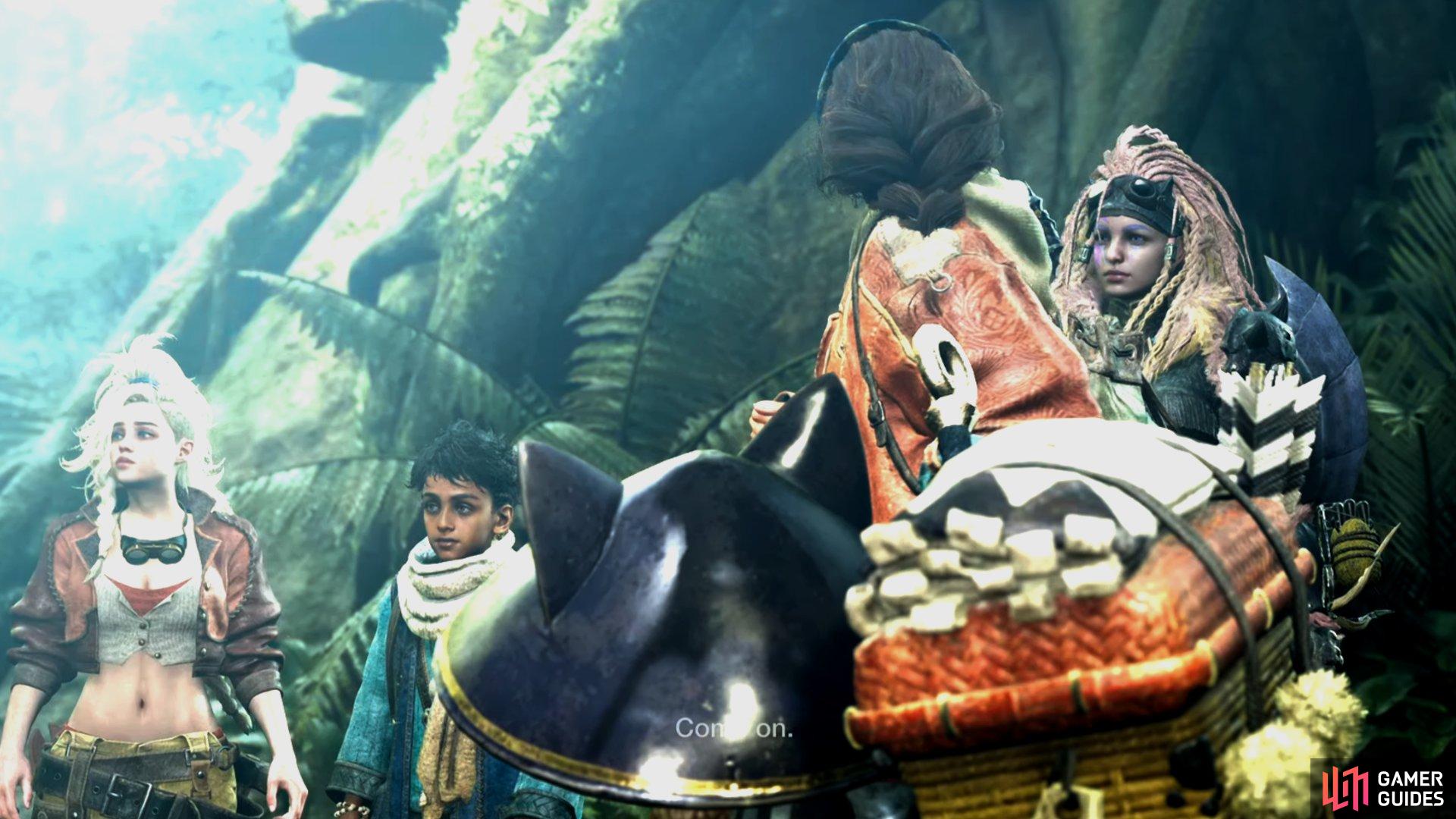
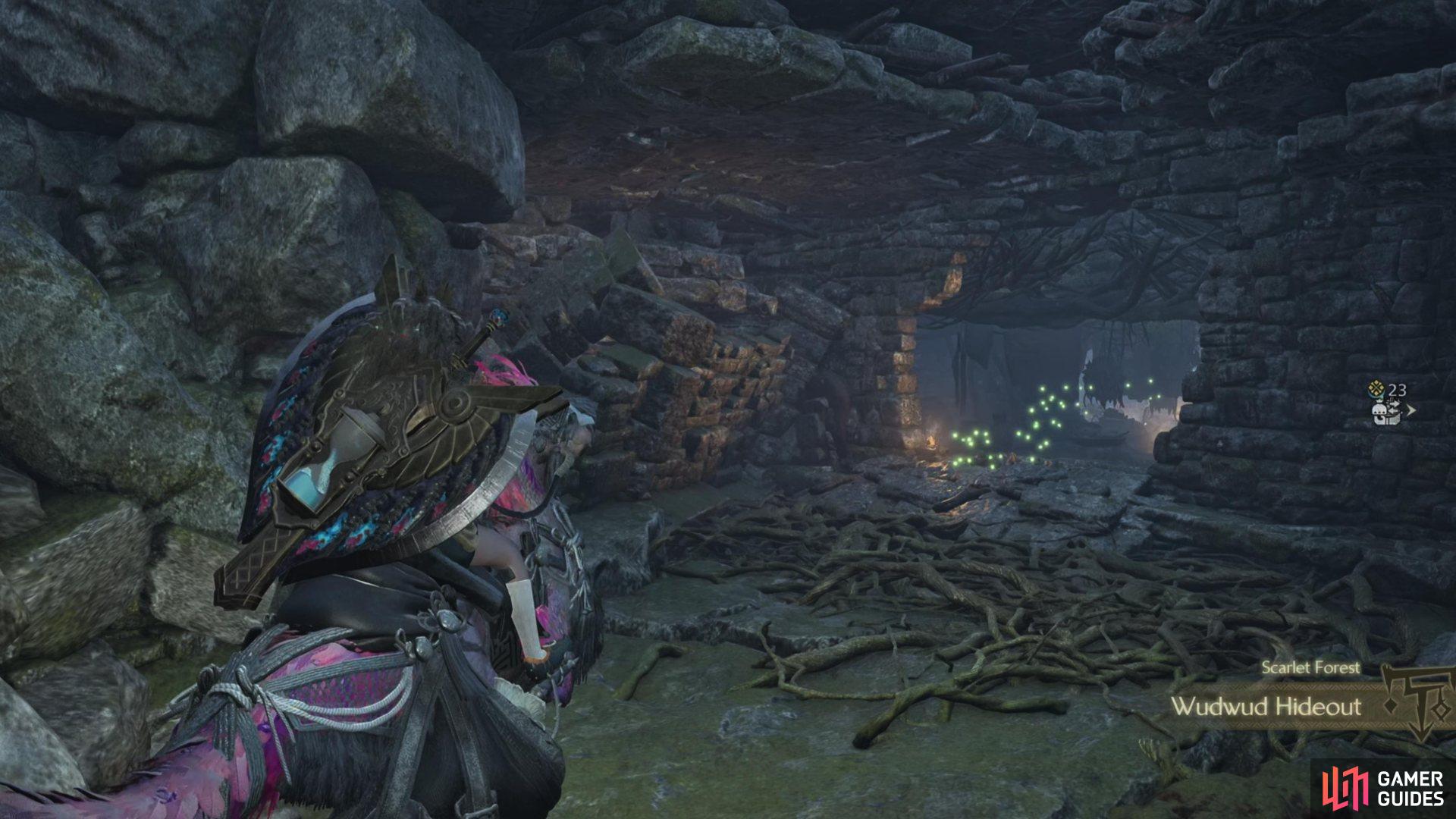
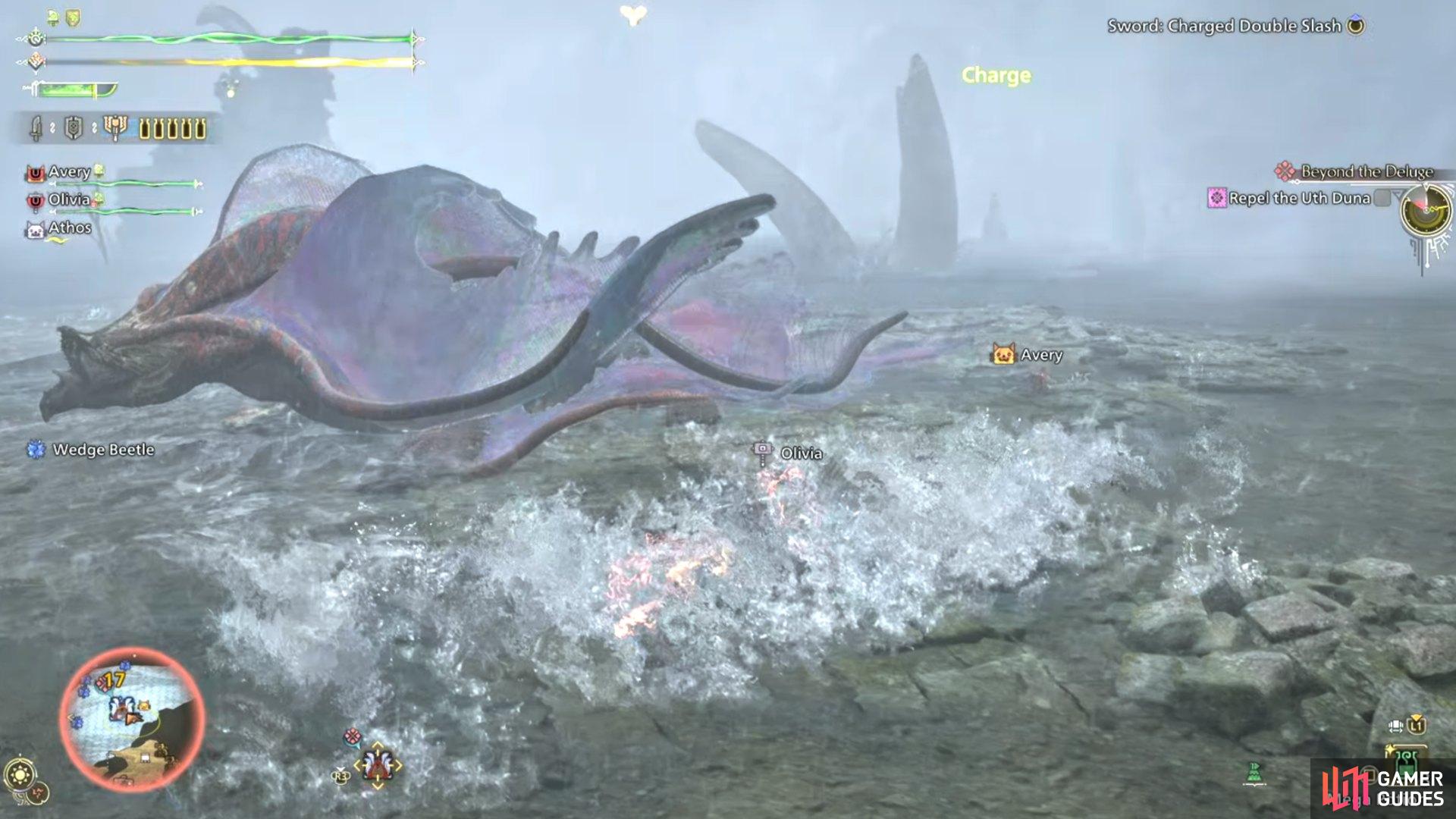
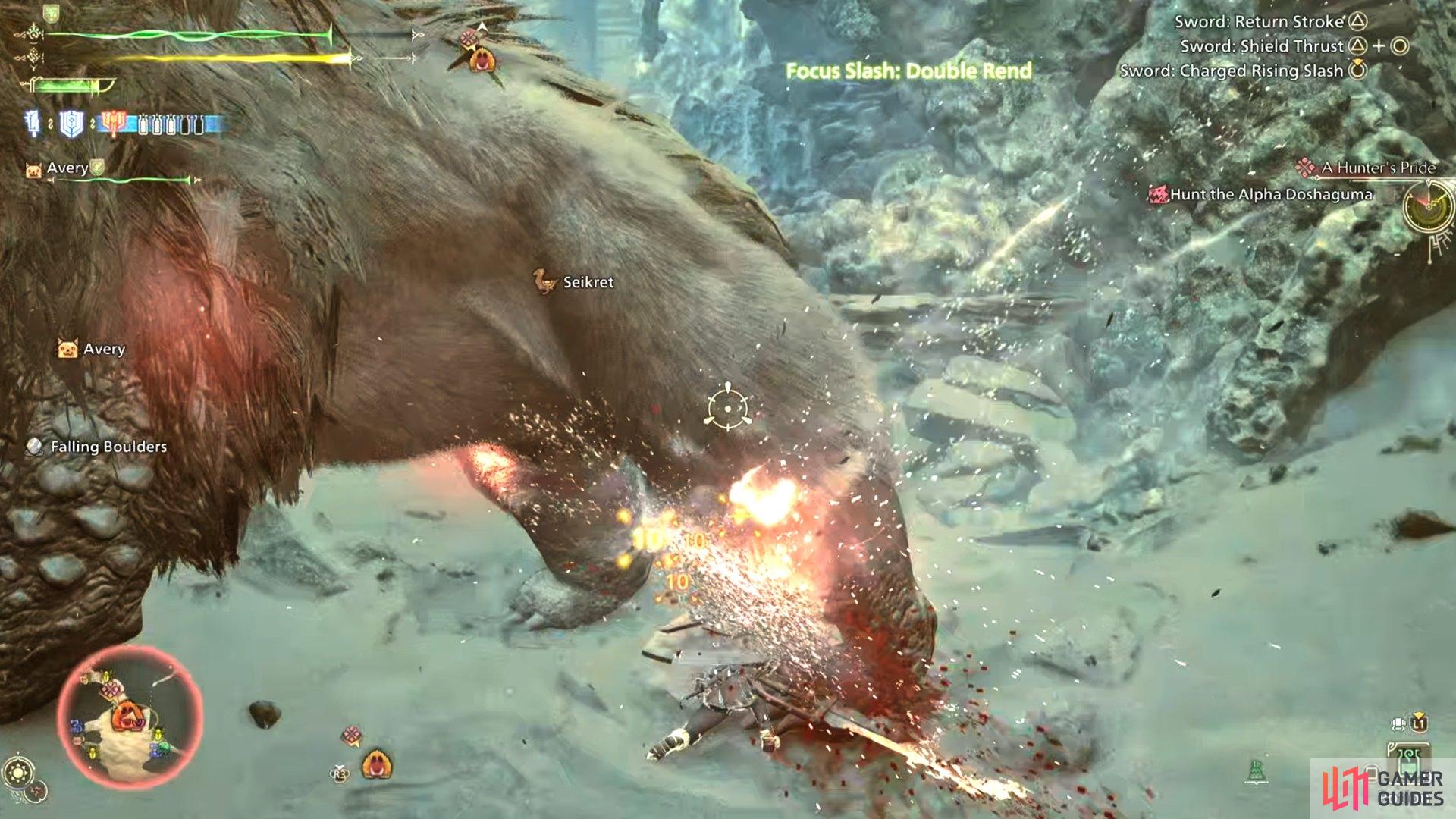
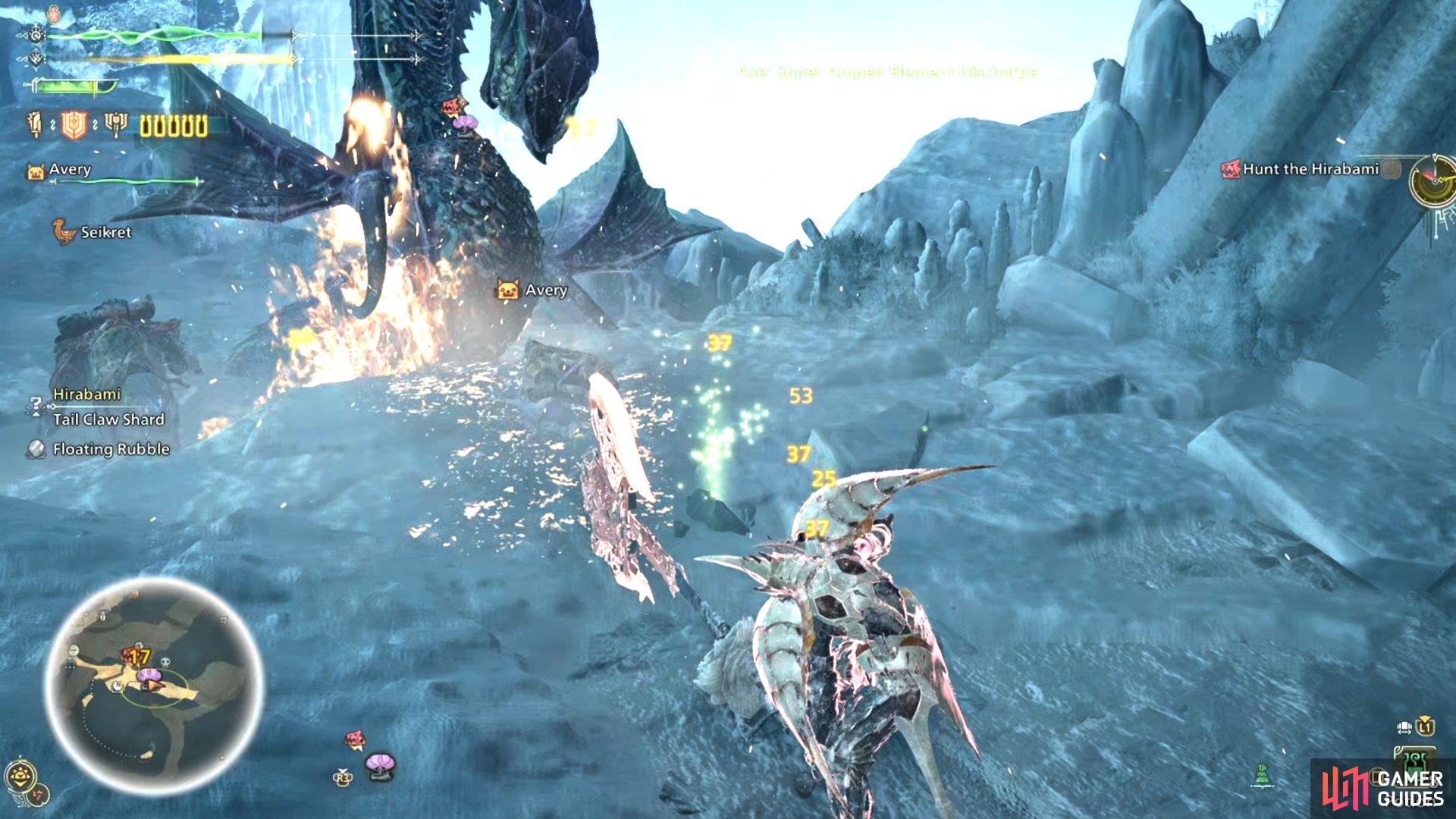
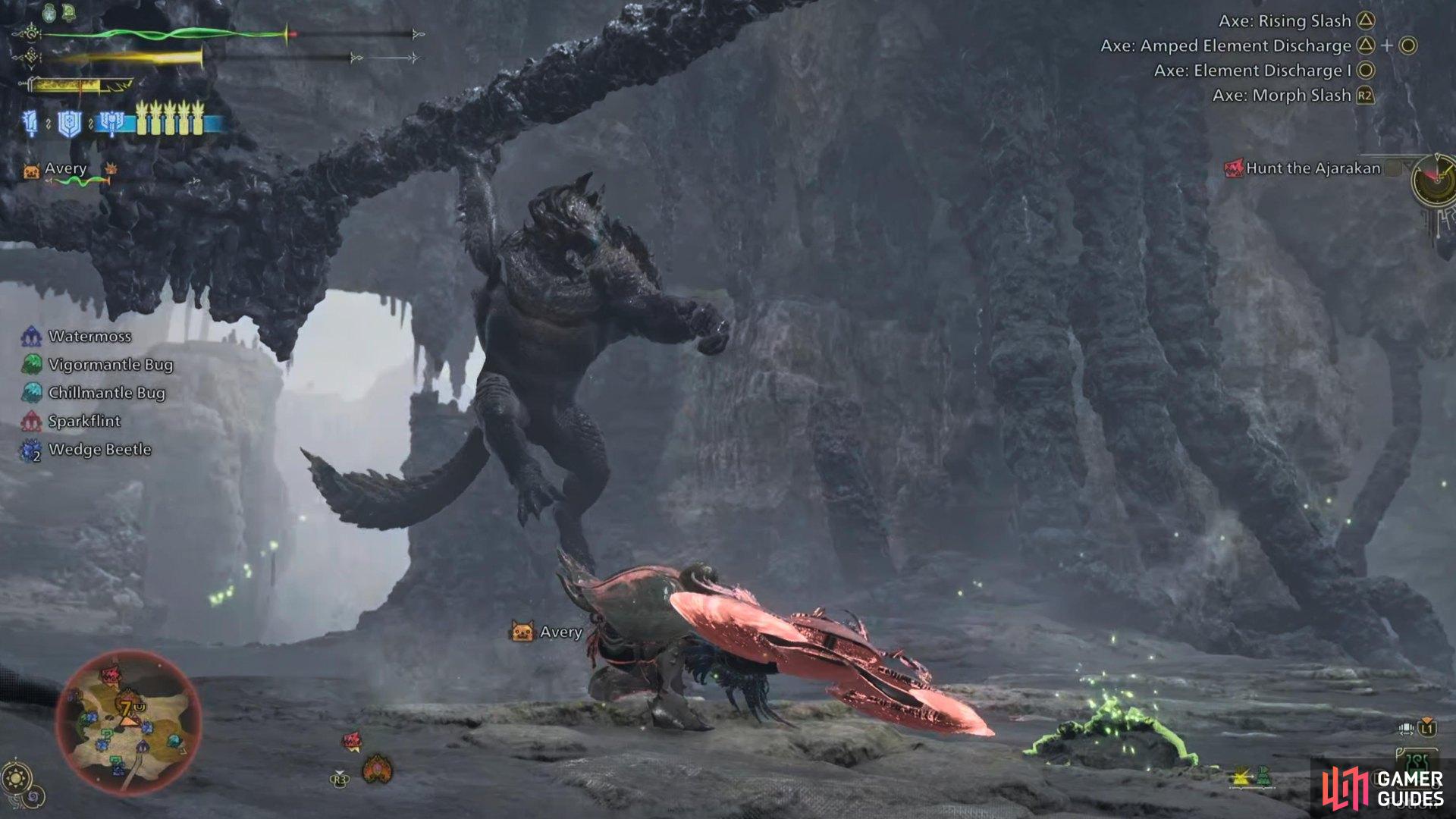
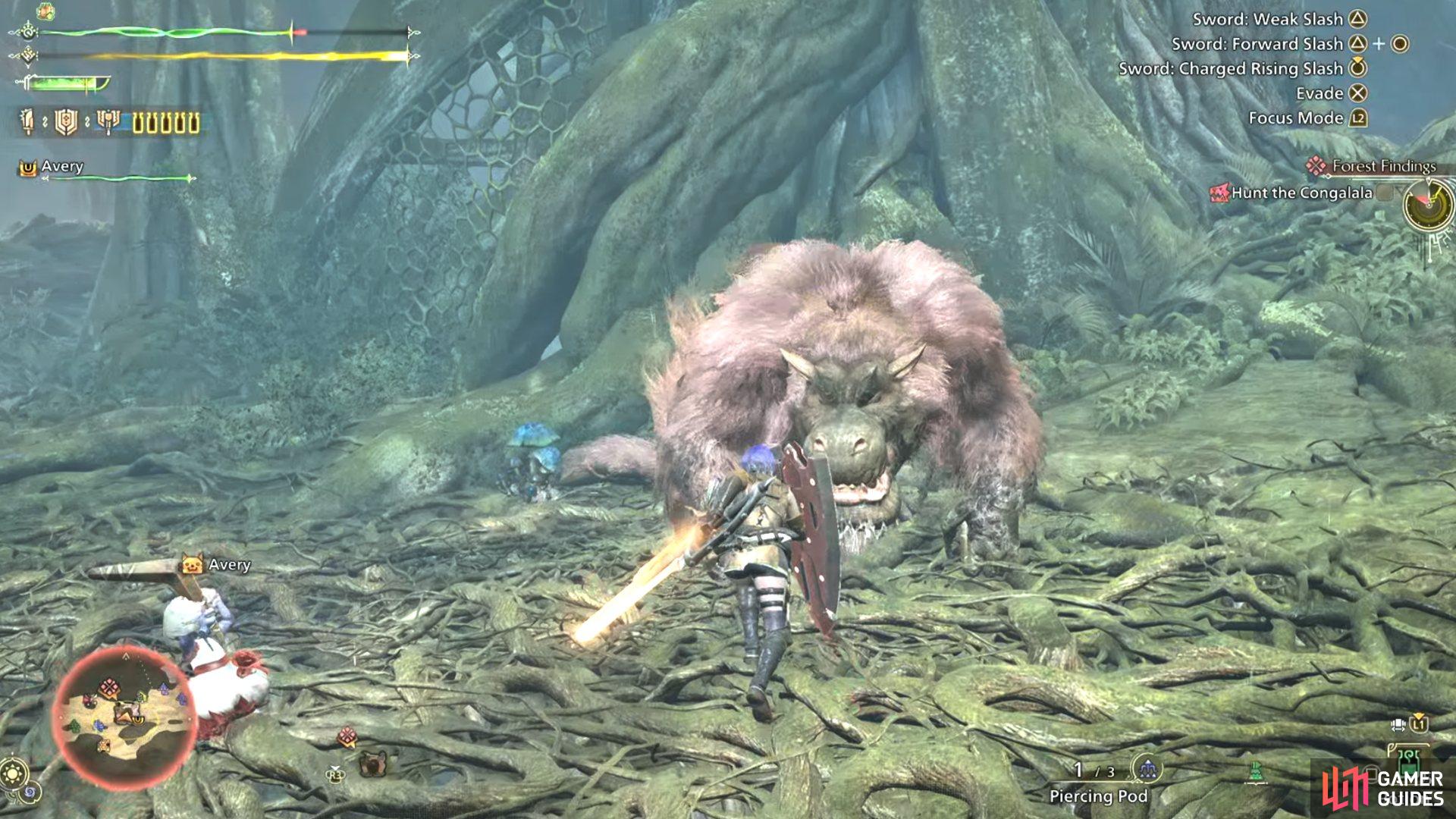
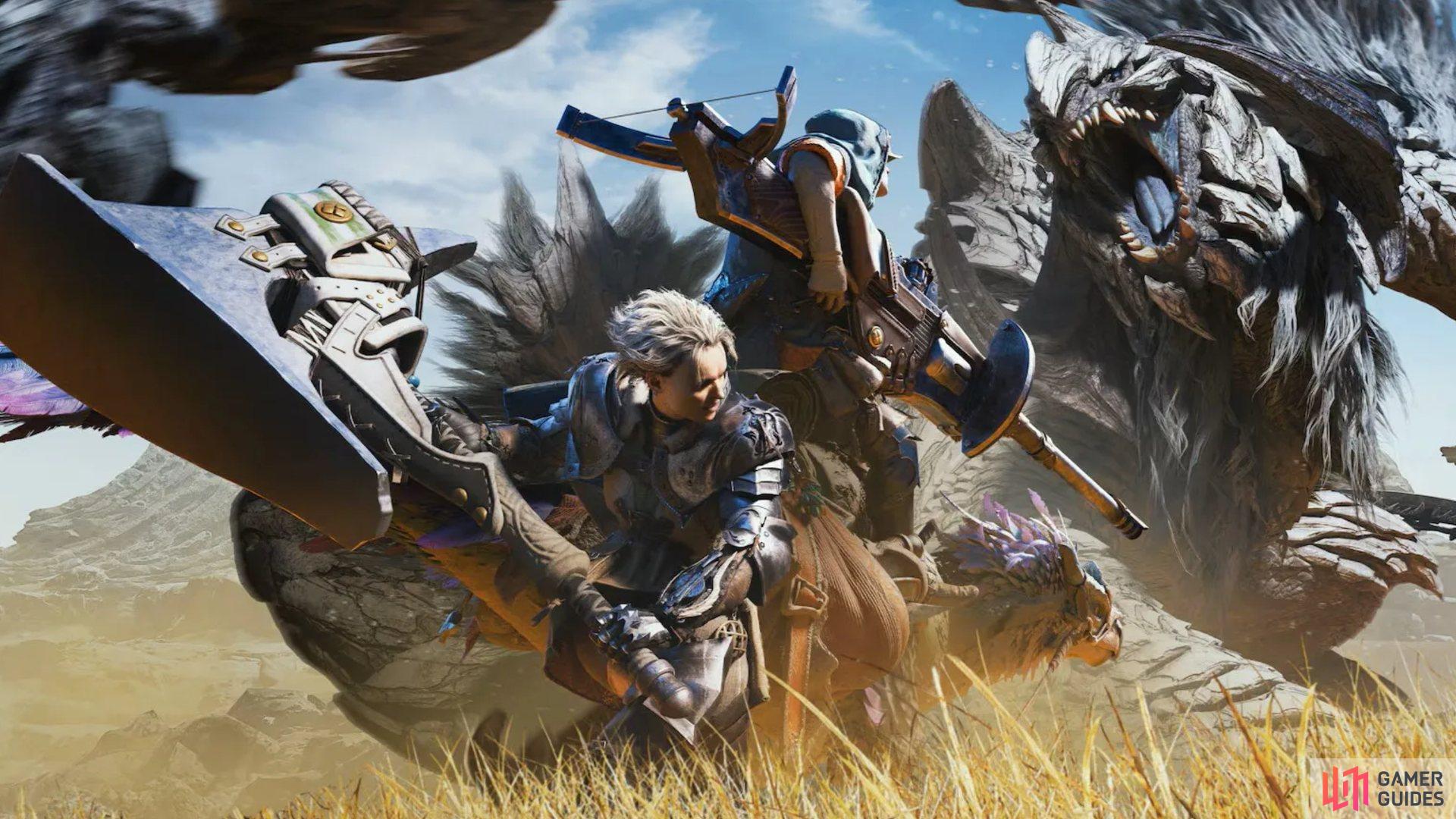
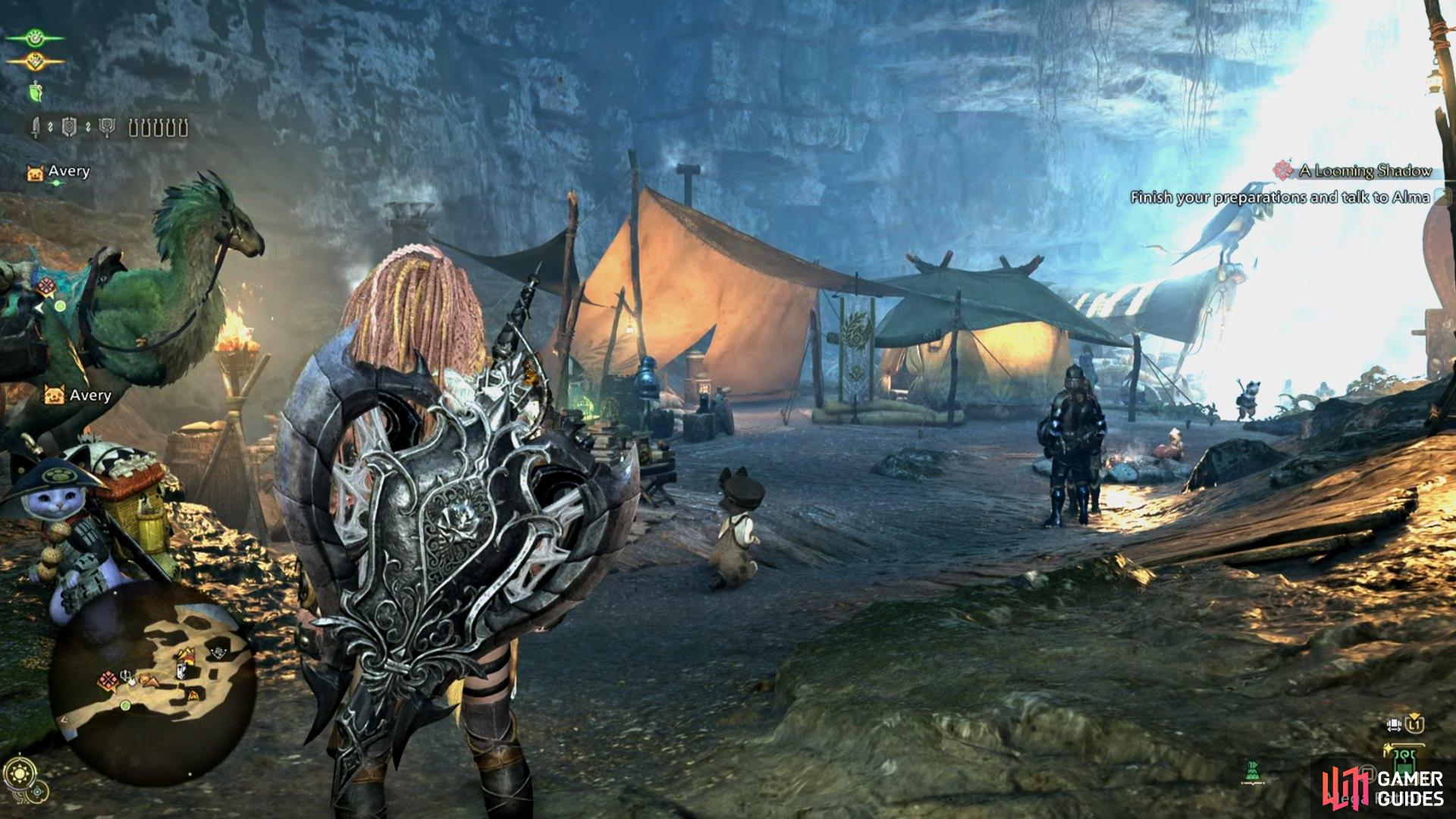
No Comments